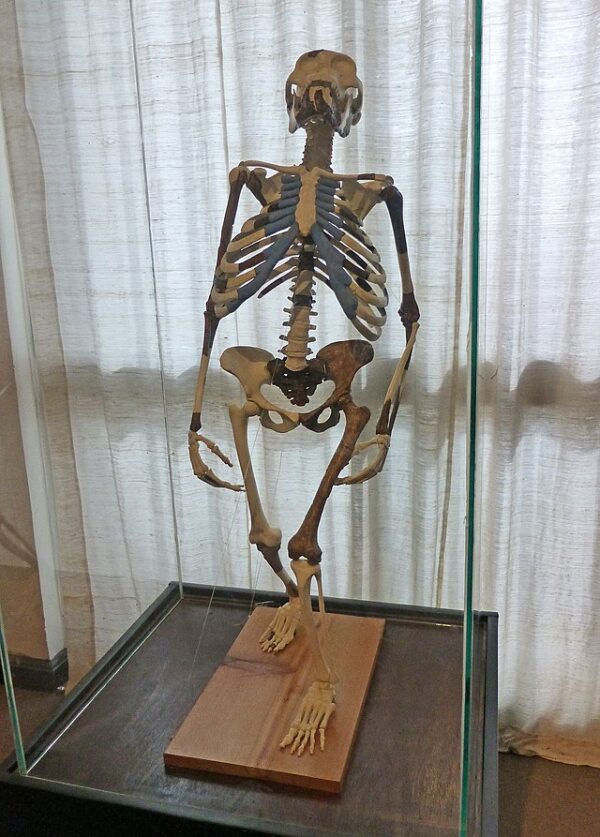Australopithecus afarensis, a pivotal hominid species in the human evolutionary timeline, was discovered in the Afar region of Ethiopia on November 24, 1974, by paleoanthropologist Donald Johanson and his team. This ancient species, which thrived between 3.9 and 2.9 million years ago, is best exemplified by the renowned specimen “Lucy.” Representing the Australopithecus genus, these hominids showcased a unique blend of ape-like and human-like traits, evidencing an adaptation to both tree-dwelling and bipedal locomotion.
The unearthing of Lucy’s remarkably preserved skeleton revolutionized our comprehension of early human ancestors, offering a rare glimpse into their anatomy and way of life. Australopithecus afarensis inhabited various environments, from woodlands to grasslands, as they navigated the challenges of a changing landscape. Their bipedalism, a distinctive evolutionary feature, signaled a shift from arboreal to terrestrial living.
Studying Australopithecus afarensis has not only contributed to our understanding of physical evolution but has also shed light on social structures and behaviors among early hominids. Despite their relatively small brain size, the species displayed signs of adaptability and resourcefulness through tool use and scavenging, suggesting a capacity for more intricate social interactions.
While Lucy and her kin have unveiled many secrets of our evolutionary past, questions persist about the precise relationship between Australopithecus afarensis and later hominids, such as those belonging to the genus Homo. Ongoing discoveries, coupled with advancements in analytical techniques, promise to deepen our understanding of the intricate journey that culminated in the emergence of modern humans.






